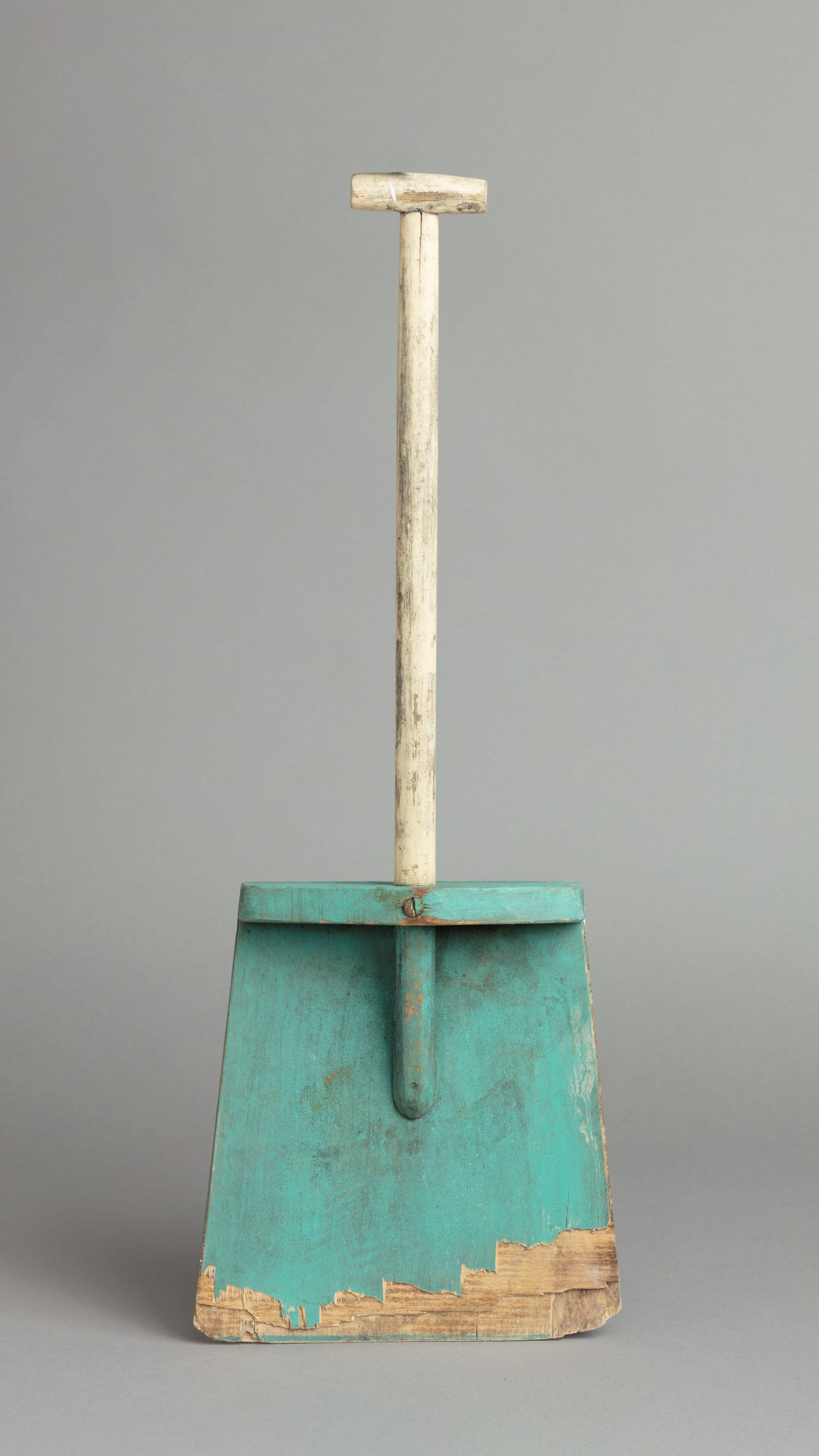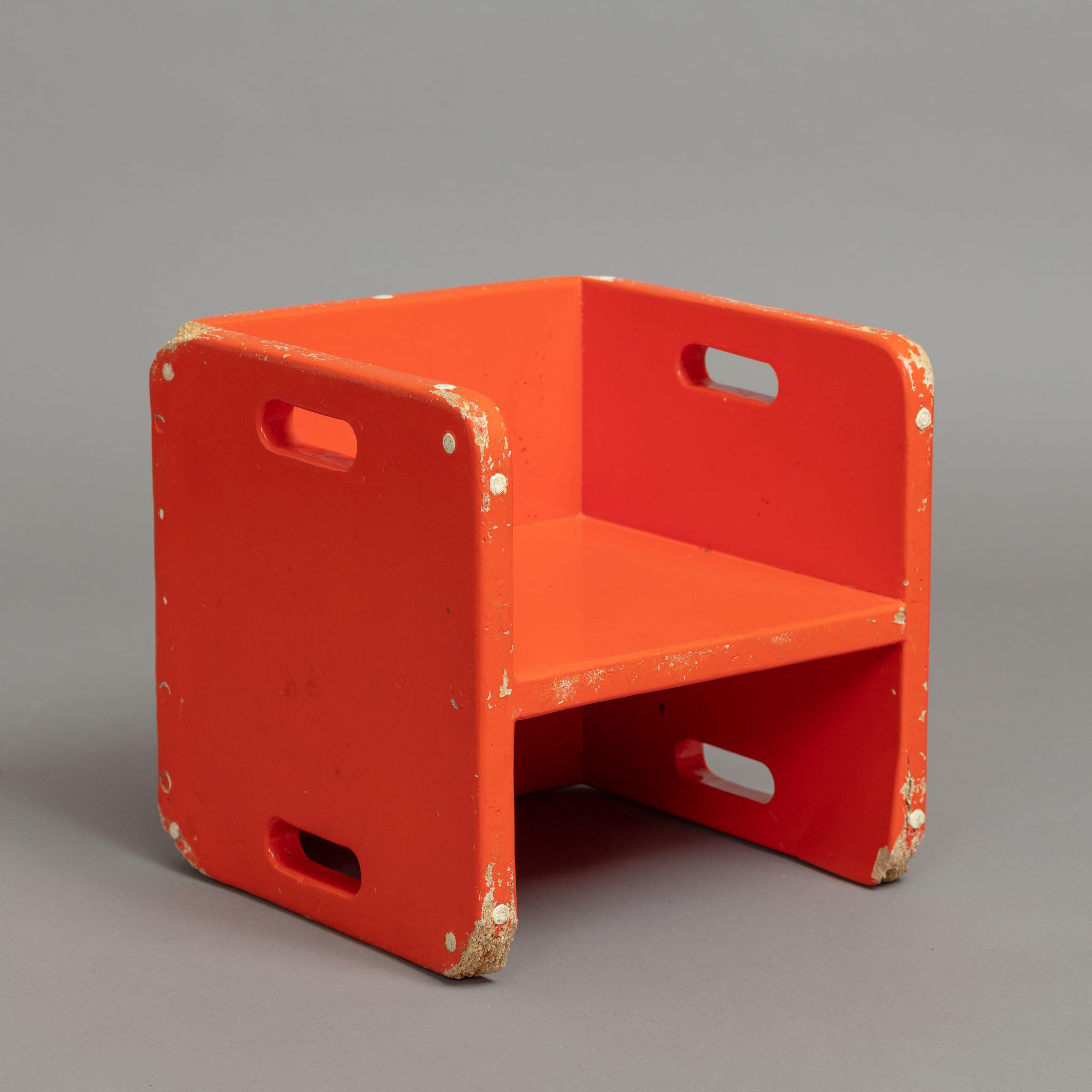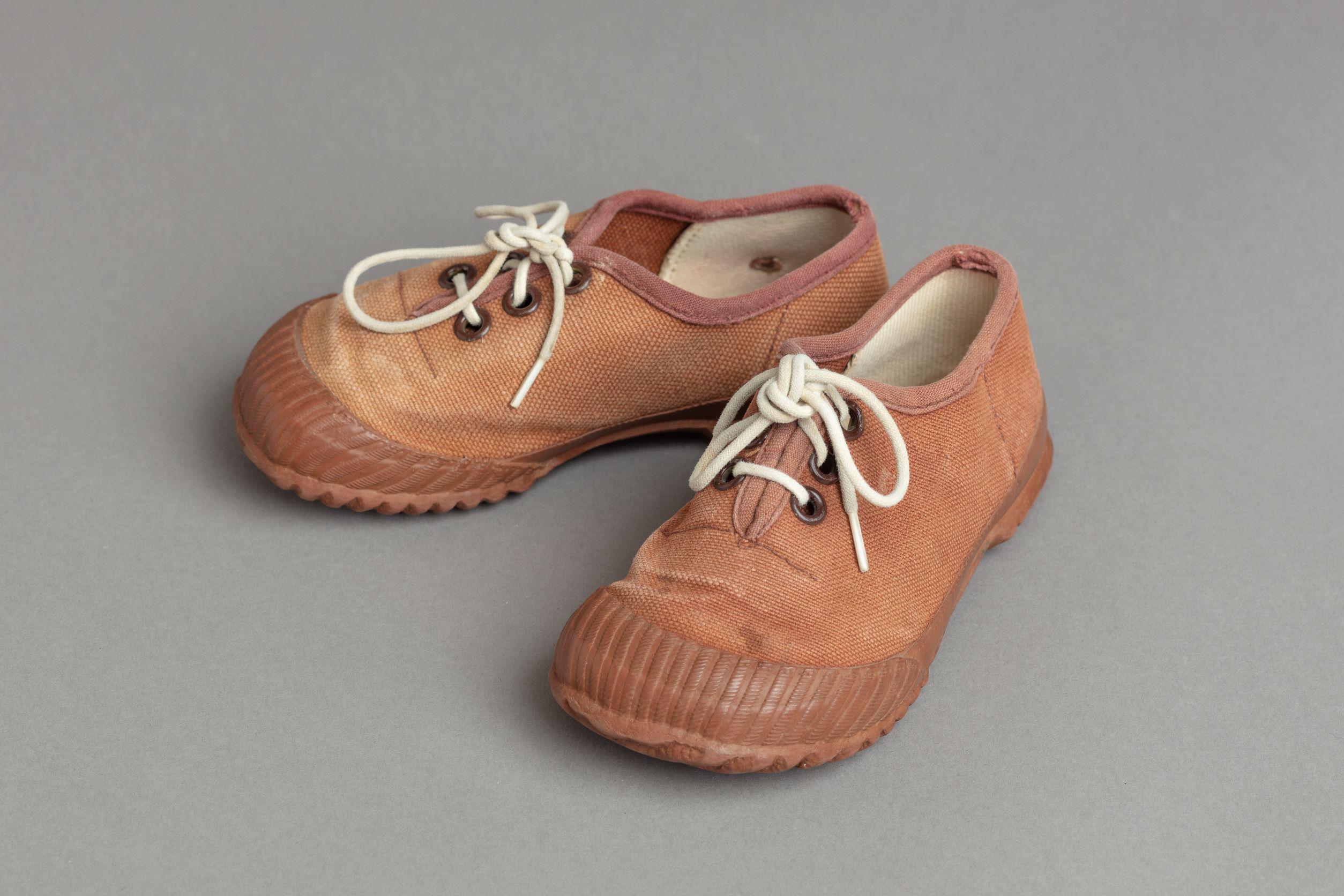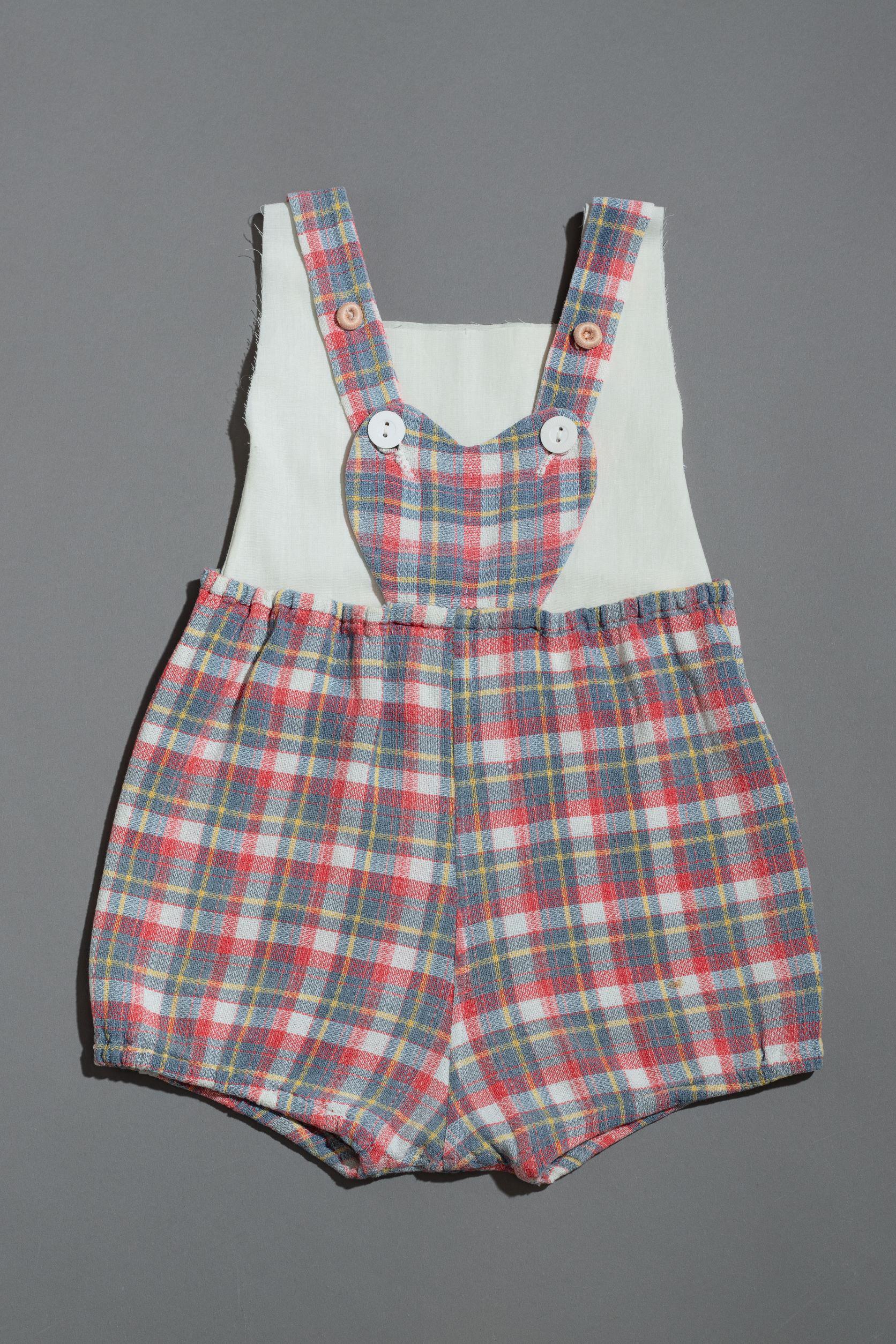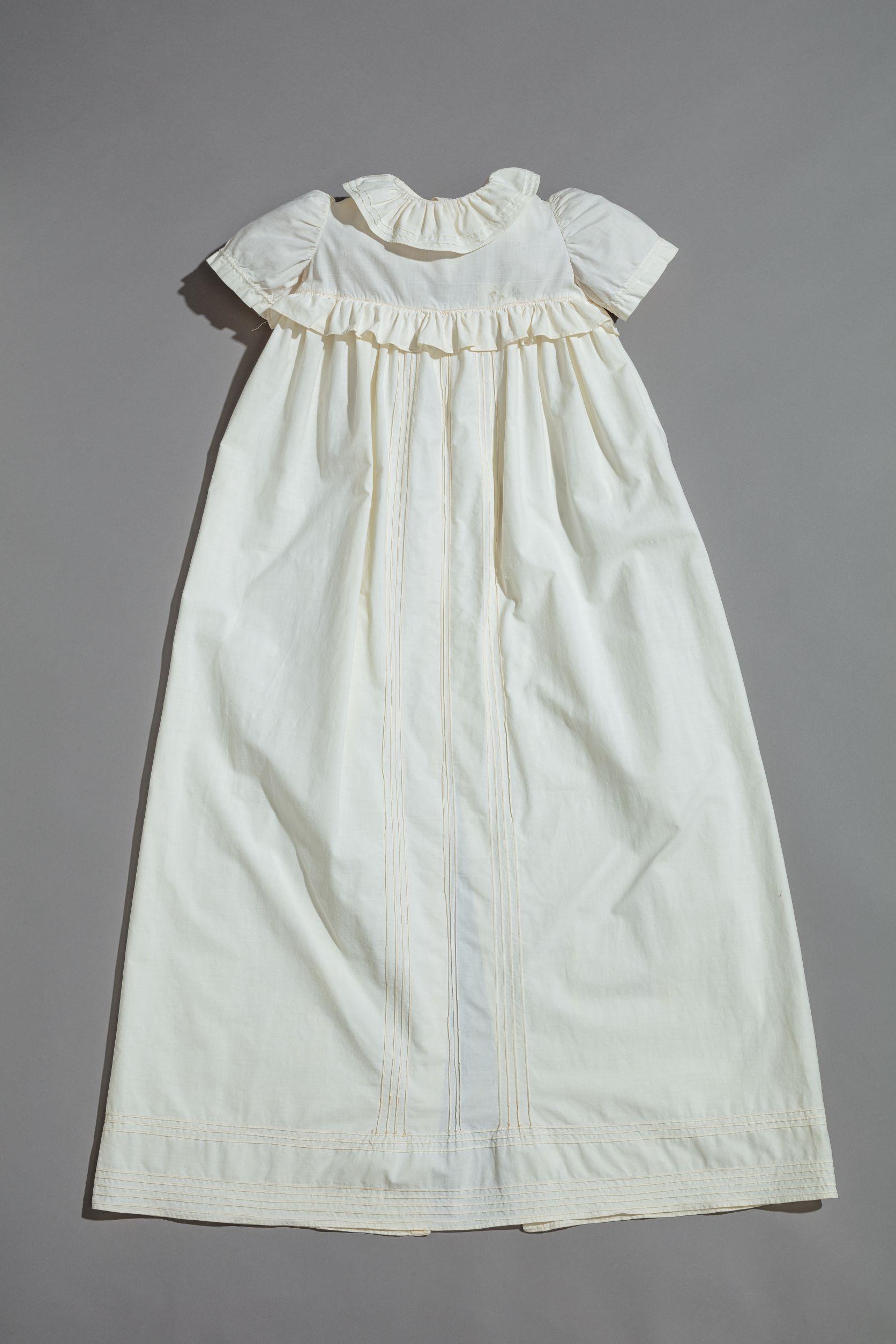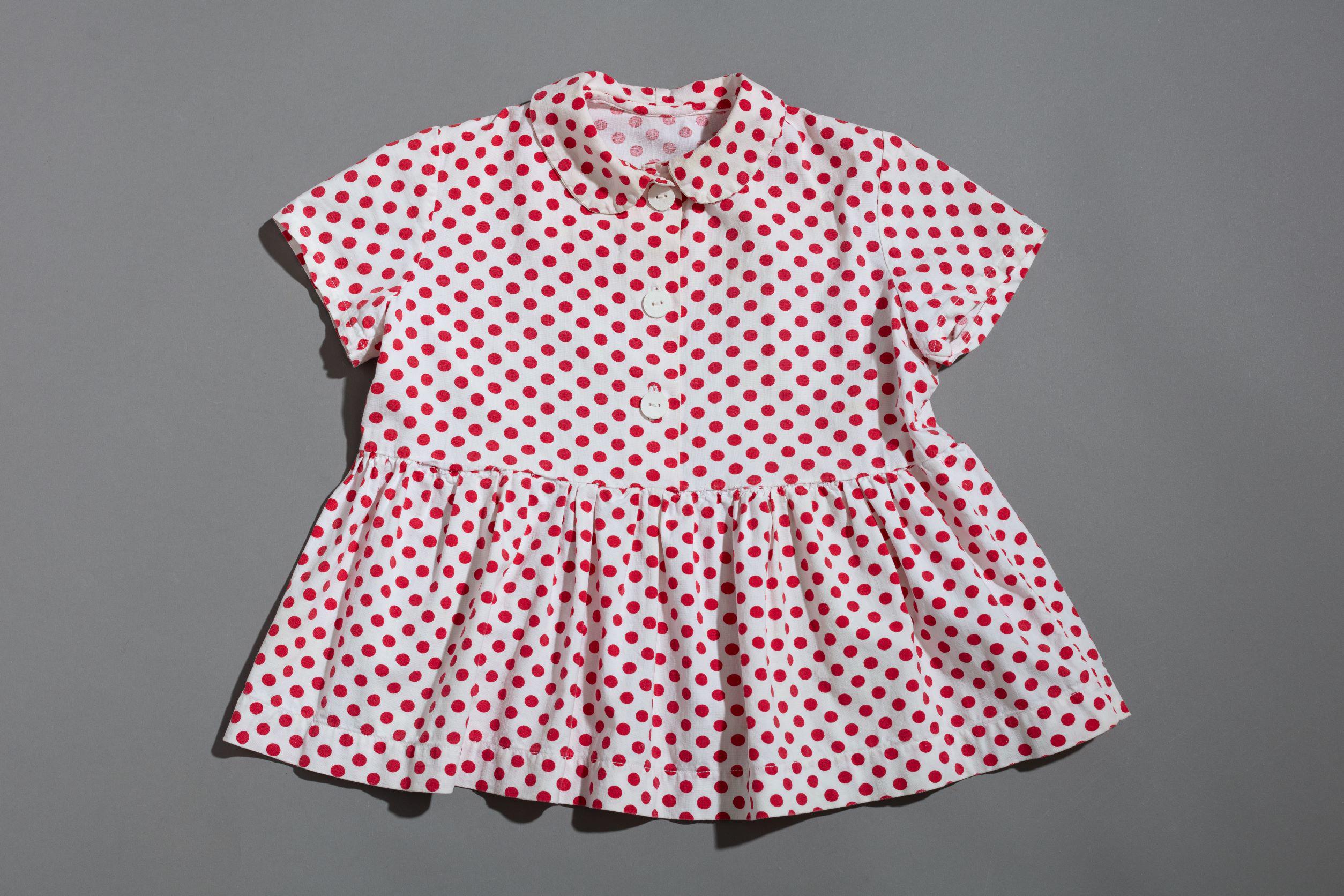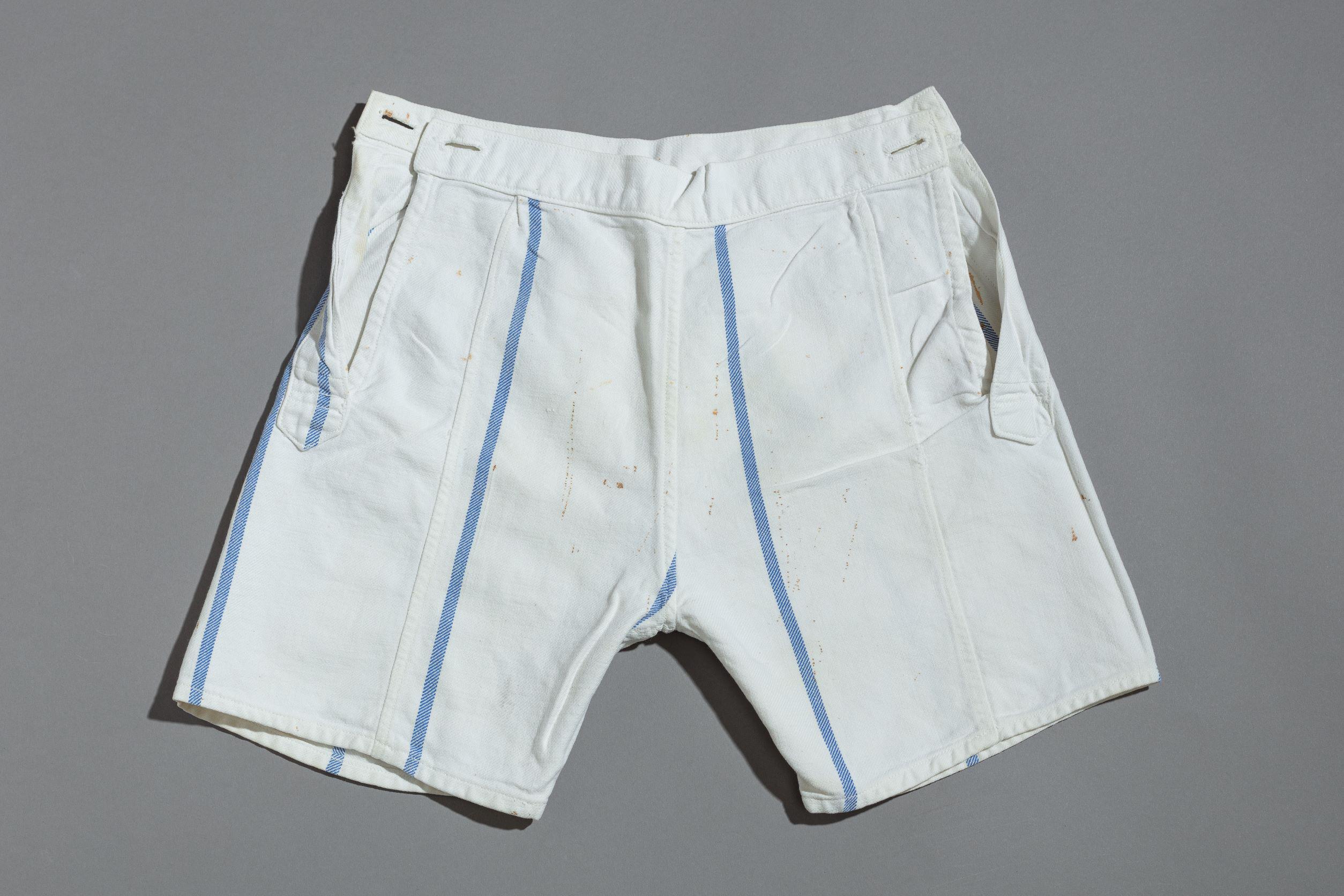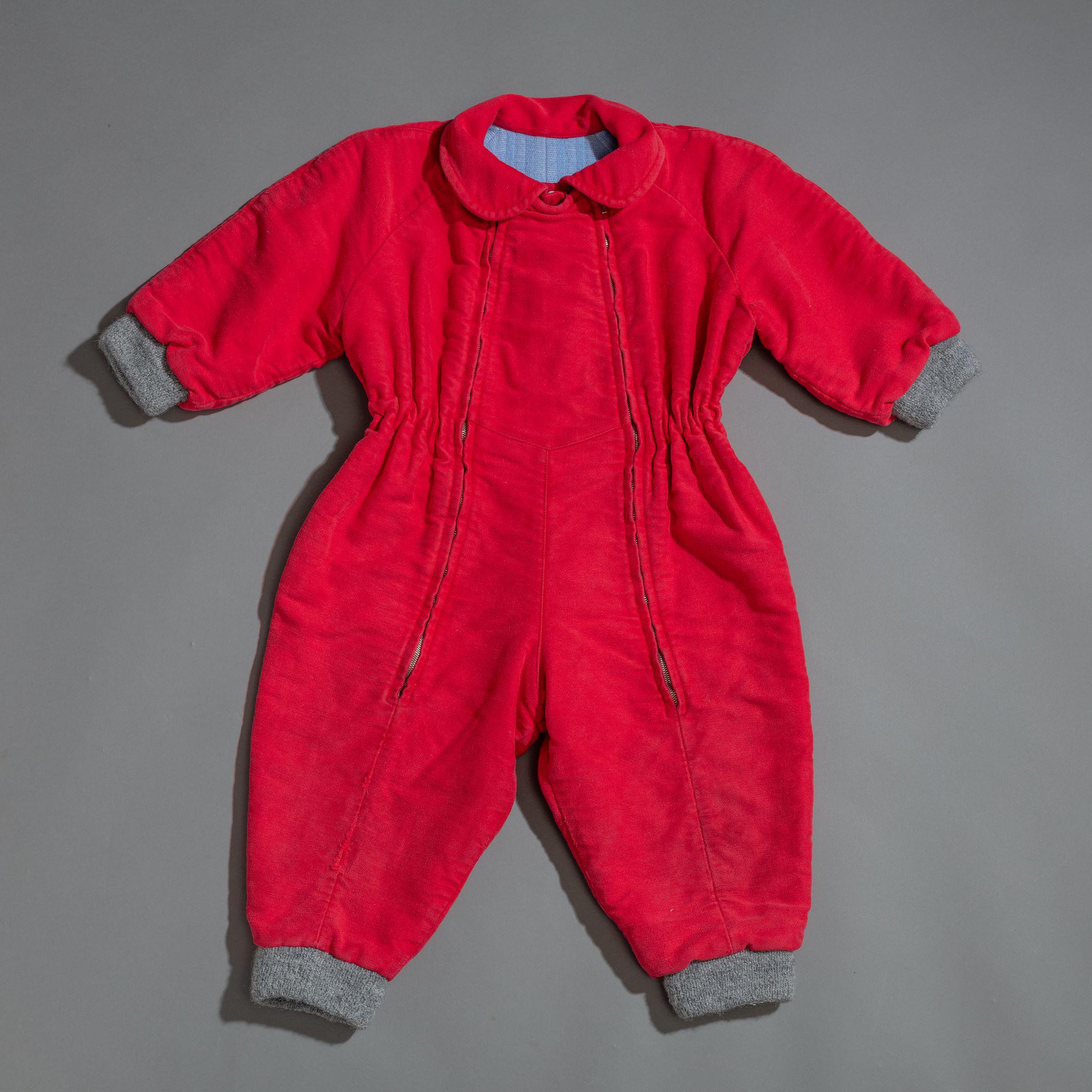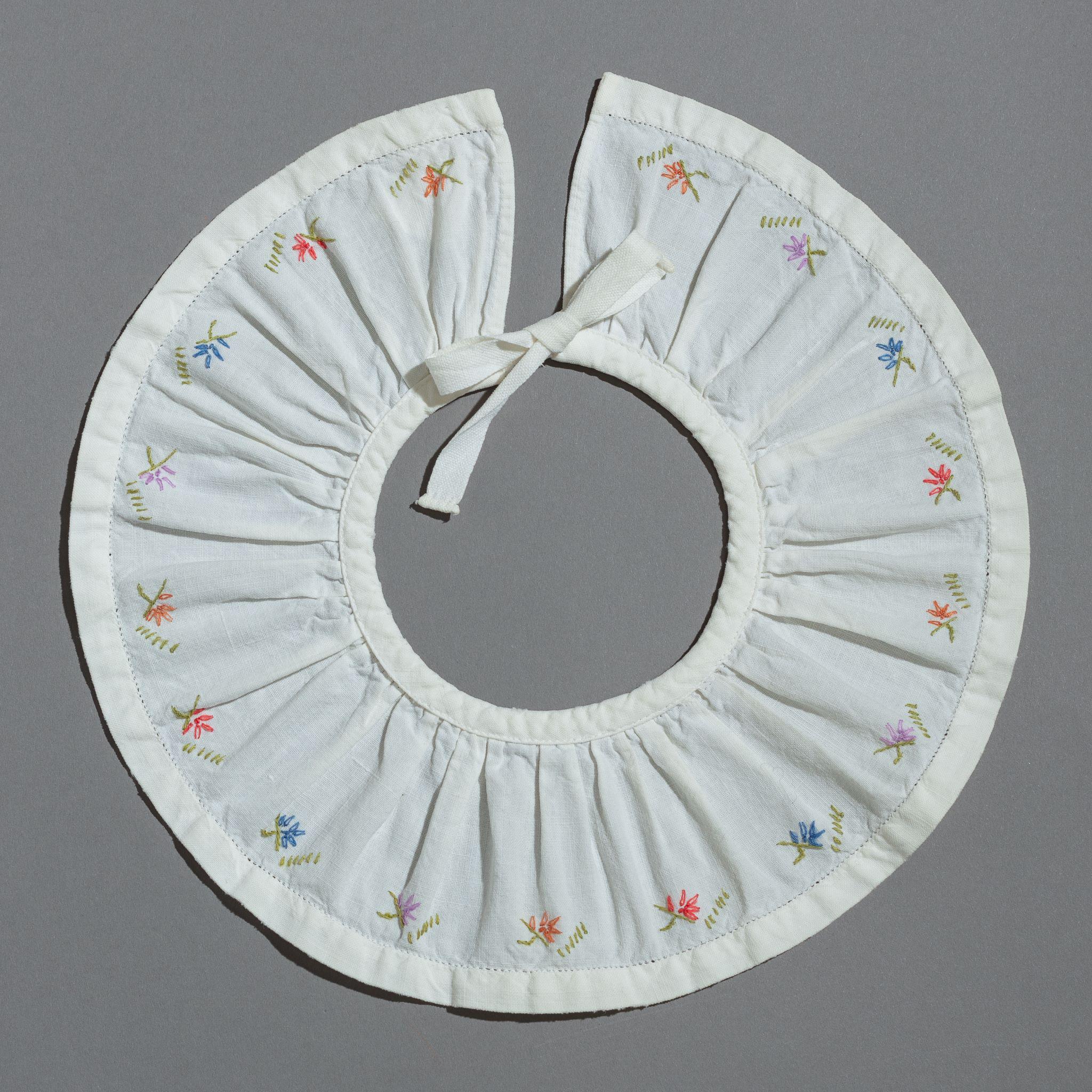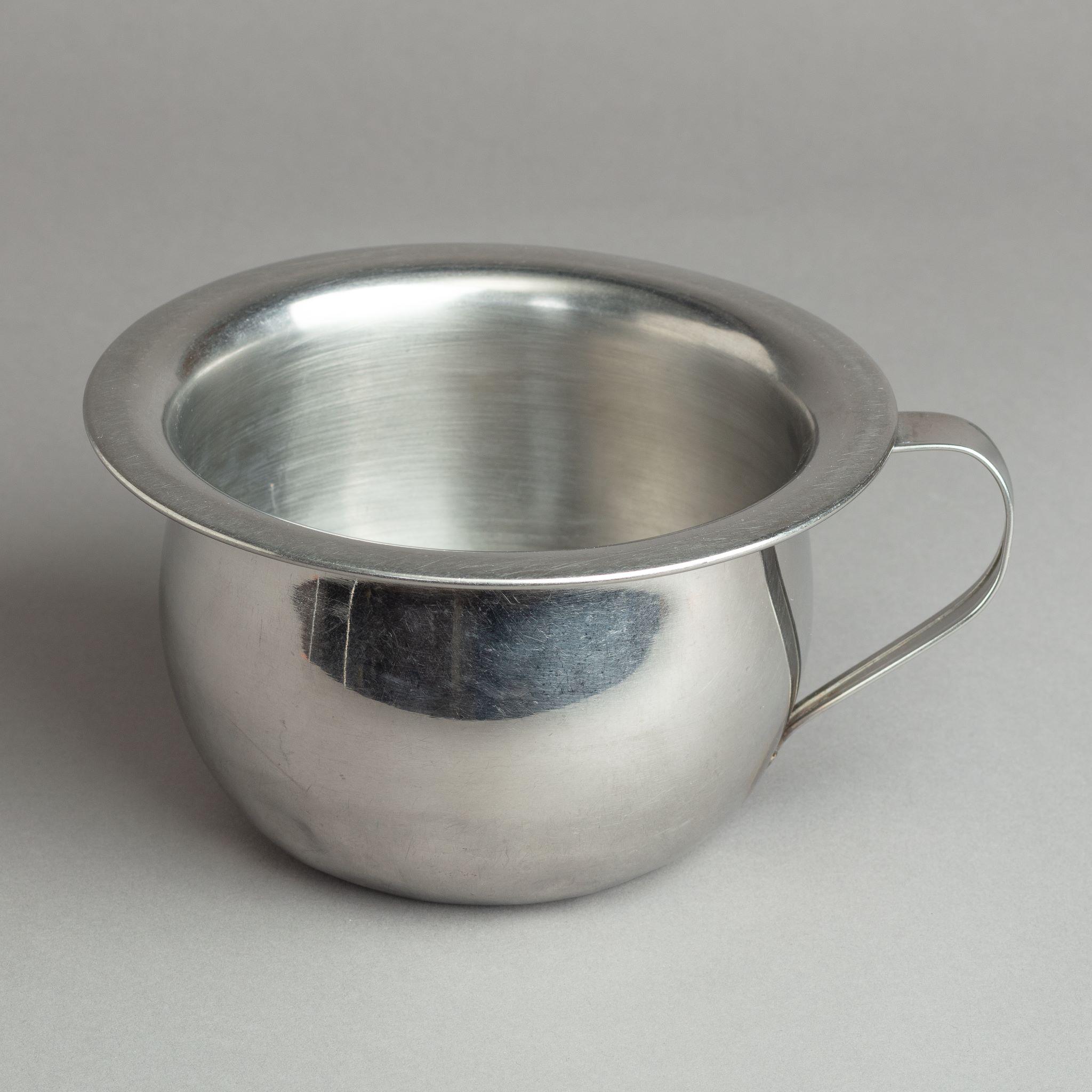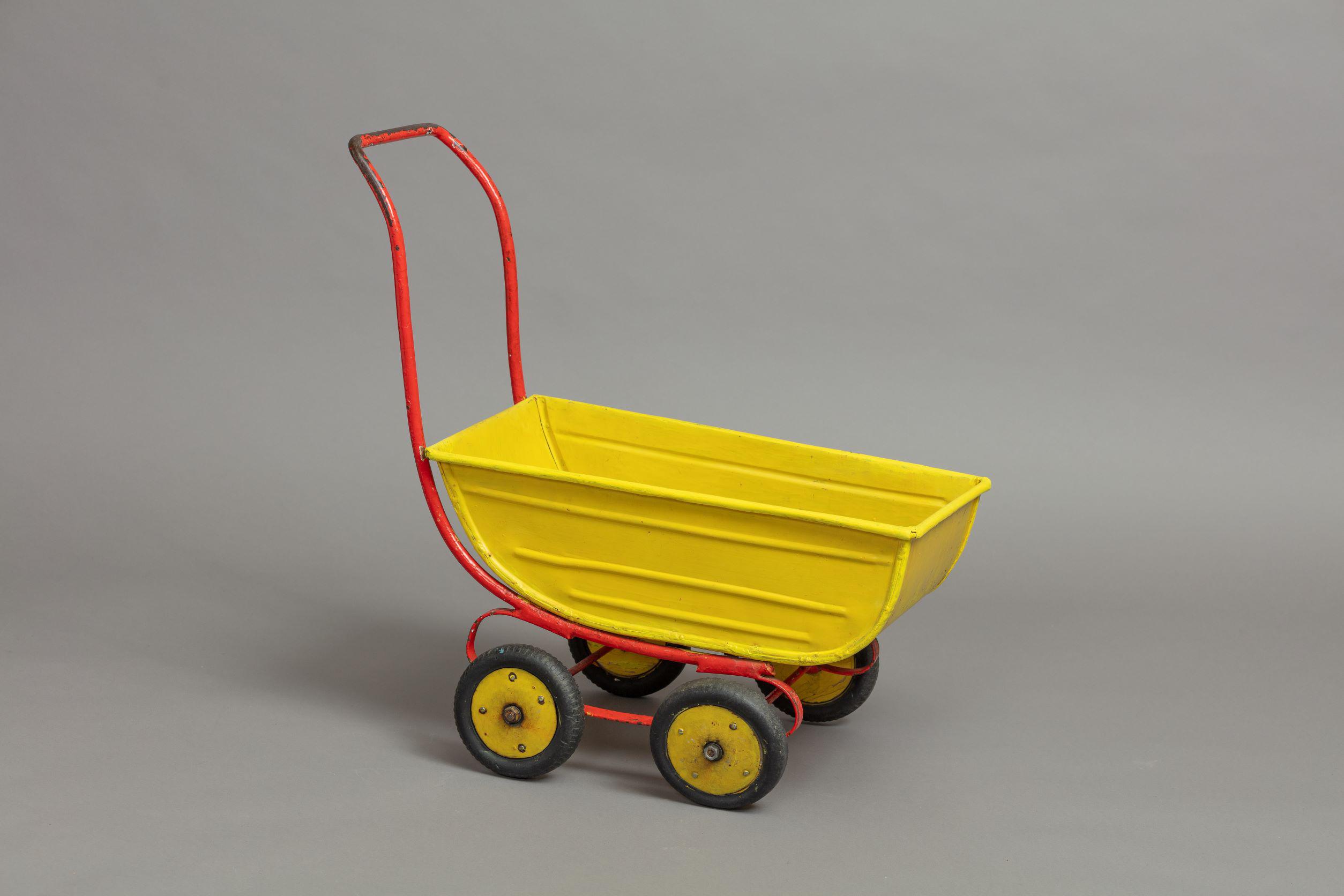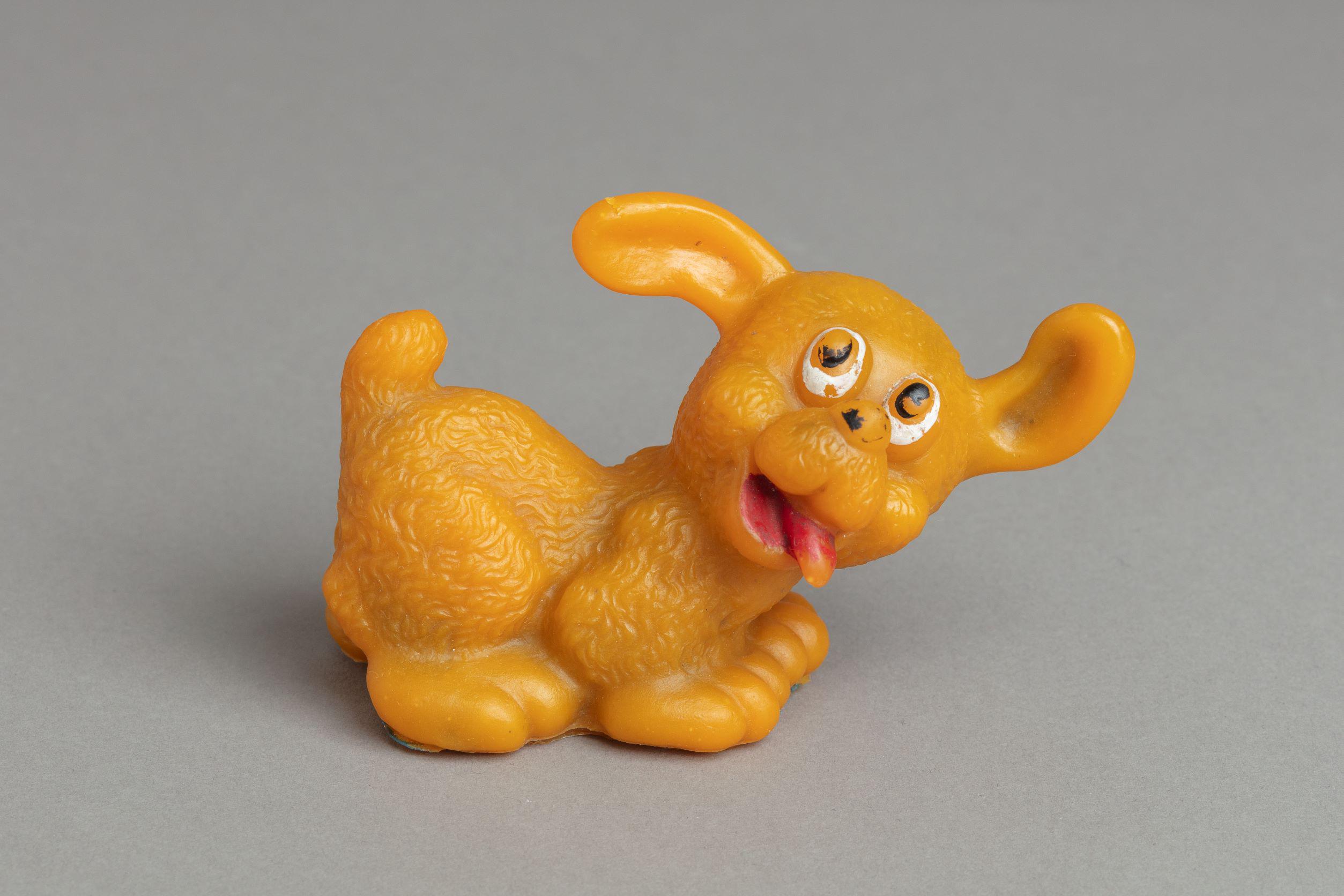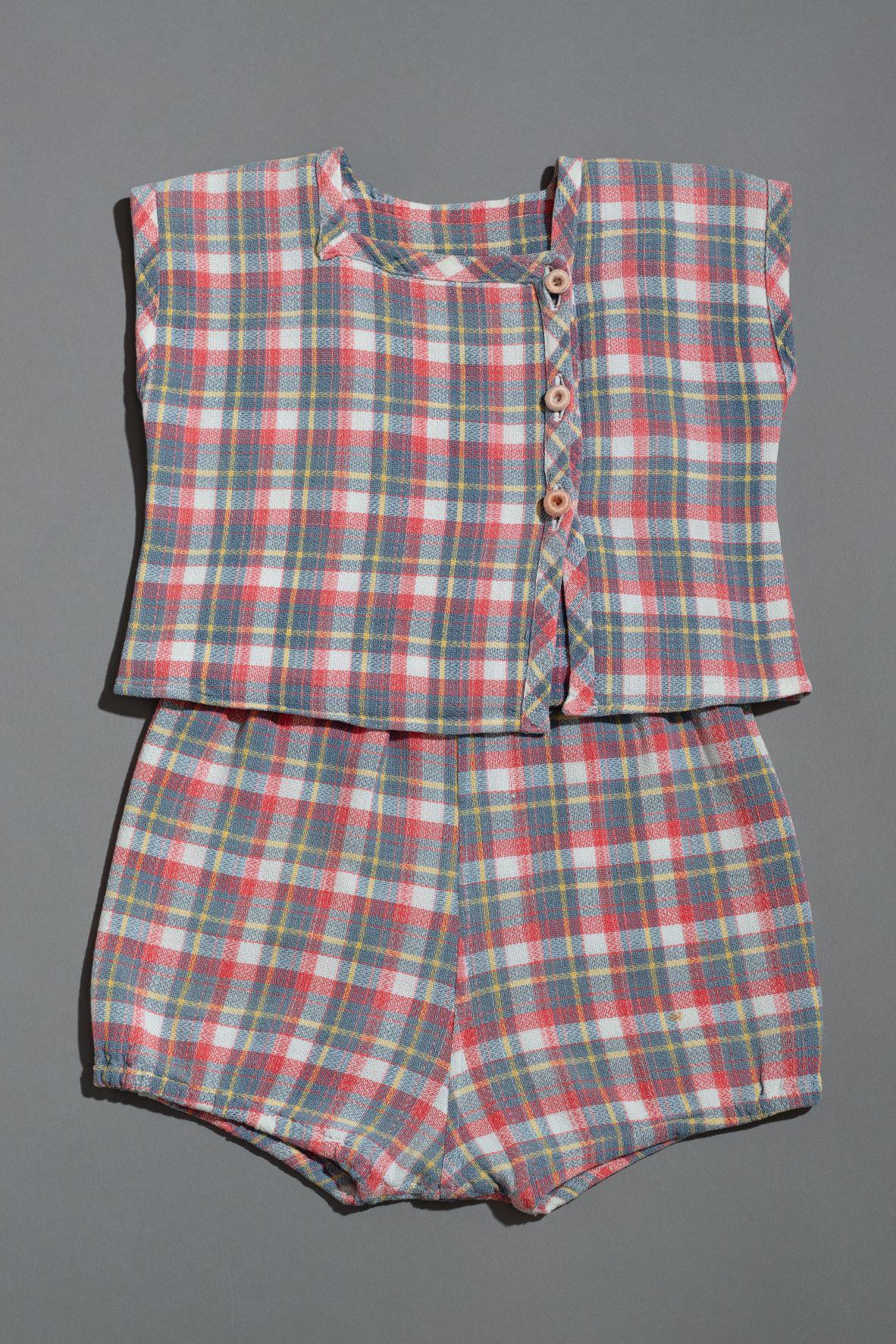Objects from the children’s ward of the Hämeenlinna central prison
Women served their prison sentences working in workhouses until the first women’s penitentiary started operating in Hämeenlinna in 1881. Children who came with their mothers also lived in these harsh institutions. The workhouse regulations of 1823 stated that children under the age of 14 who needed their mother’s care were allowed to live in the institutions but, in 1891, the maximum age of children going to prison with their parents was set at two years.
In the Hämeenlinna penitentiary, mothers and children lived in common rooms, where the mothers as well as prison nurses were responsible for childcare. As a living environment, the prison was modest and inadequate for children. A doctor who worked in the Hämeenlinna prison criticised the childcare facilities in the early 1890s as cramped, dark and difficult to ventilate. After outbreaks of epidemics in the prison, the childcare facilities were expanded. As a result of the changes, the number of children’s illnesses decreased.
In the 1930s, a new children’s ward was completed in the prison, including two rooms and a kitchen, bathroom and balcony. A larger children’s ward became necessary when the county prison and the penitentiary and workhouse, which had served as a separate administrative unit, merged into the Hämeenlinna central and county prison in 1927. With the new children’s ward, the time that mothers and children spent together decreased, as mothers could only visit their children at mealtimes. Infants still slept the nights with their mothers in the cell block.
After the war, childcare in the prison became more and more like a children’s home. All the children were kept around the clock in the children’s ward, where the mothers only visited and breastfed their children during the day. The mothers spent approximately two hours in the children’s ward in the morning, bathing and feeding their children. After the morning, the female prisoners moved on to the day’s work. Older children could only be met by their mothers once a day. The reform was motivated by changed attitudes, as there had been increasing scepticism about the childcare abilities of female prisoners. In addition, the prison was no longer considered a suitable living environment for children.
In 1947, the Ministry of Justice decided that all female prisoners who had a child with them must be placed in the Hämeenlinna central and county prison. As a result of the change, a children’s ward was built in the prison by prisoners and completed in 1951. The children’s ward was located in a two-storey building with facilities for about 40 children. Upstairs were the children’s rooms, a playroom, a treatment room for medical examinations and a nursing room for peaceful mealtimes. The building also had a bright balcony and a children’s play yard.
Childcare on the ward was based on the childcare courses of the Children’s Castle in Helsinki. The children slept in the open air and spent time in the yard in the summer. The development of the children was monitored by physical examinations and regular weighing. Mothers breastfed their children themselves, and older children received meals according to the nutritional recommendations.
After serving the prison sentence, a mother’s return to regular life may have been difficult due to a lack of housing, job and support network. When a mother remained in prison, her child had to move outside at the age of two, so a place had to be found for the child. If the child’s relatives did not take the child in their care, the child was almost always placed in a children’s home. The child received the necessary clothing from the prison, from underwear to outdoor clothing. The children’s ward of the Hämeenlinna central and county prison was in use until 1972, when female prisoners and their children moved to the new Hämeenlinna central prison.
Select an image for more information
